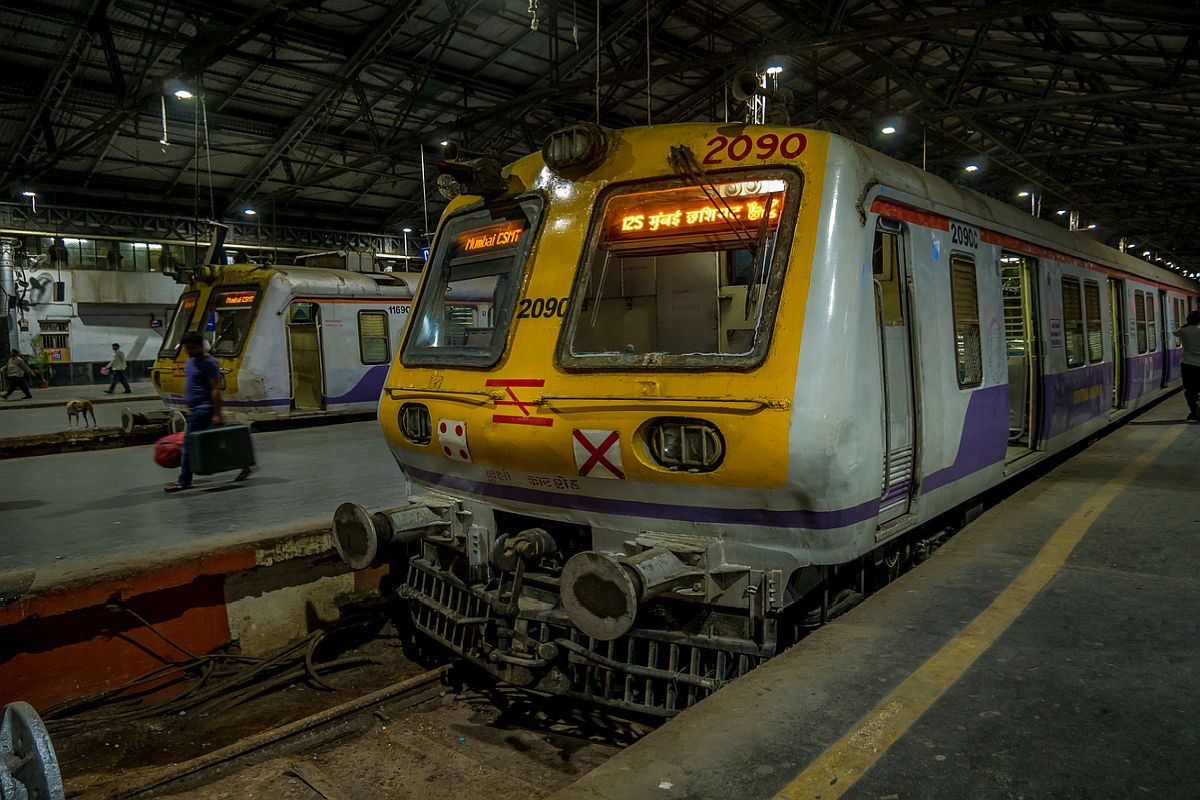NF Railway enhances safety with new infrastructure
The Northeast Frontier Railway (NFR) has installed ‘Thick Web Switch Point’ machines with clamp-type locking at 31 stations across its zone to enhance safety features during November 2024.
Equipment like rechargeable torch, fog signal, and tricolour hand signal lamps are also being used, while a patrolman is sometimes also provided with a GPS tracking device to monitor movements for effective patrolling.

(Photo: iStock)
The Northeast Frontier Railway (NFR) has taken some steps to ensure safety of trains and passengers during the winter season.
According to NFR officials, railway tracks tend to contract during the night and expand during the day time in the winters due to the sudden change in temperature, while this often leads to fracture of rail tracks, which causes major safety related hazards.
Advertisement
They said devices are being used to detect such defects. “The maintenance of assets needs to be beefed up to avoid failures and to ensure a safe journey. In view of the ensuing winter season, NFR has already put in place various actions to be taken for ensuring safety,” said chief public relations officer of the NFR Subhanan Chanda.
Advertisement
“Vigorous patrolling is being done throughout the entire track length of the NFR to detect fractures in fracture-prone locations. Normally, such cases happen during the night or early morning hours when the temperature is low. So, effective patrolling during the nights and early morning hours is very important when the temperature is at its minimum and the patrolmen carry out patrolling in their respective beats in this harsh weather conditions. Moreover, rail joints and welds are being monitored regularly to find out any discrepancy,” Mr Chanda said.
The maximum and minimum temperatures of the defect-prone areas are being monitored and compared with available records of the last five years to find out the Mean Rail Temperature to check the possibility of rail fracture owing to temperature variation, according to him.
“Distressing of the sections having LWR (Long Welded Rails) is also being done. SEJ joints are being monitored at time when the temperature is in the lower side to find out any change in behaviours. Ultrasonic Fault Detection (USFD) device is also being used to detect defects or fractures which are not normally visible to the naked eye,” Mr Chanda added.
Equipment like rechargeable torch, fog signal, and tricolour hand signal lamps are also being used, while a patrolman is sometimes also provided with a GPS tracking device to monitor movements for effective patrolling.
Railway officers said the trackmen, patrolmen and keyman are suitably counselled and trained to detect and to take proactive measures. The winter season is also accompanied by foggy weather, resulting in poor visibility for train drivers. In view of this, various indication boards throughout the sections and lifting barriers gates are repainted or provided with luminous indication strips for proper visibility, the NFR said.
Advertisement